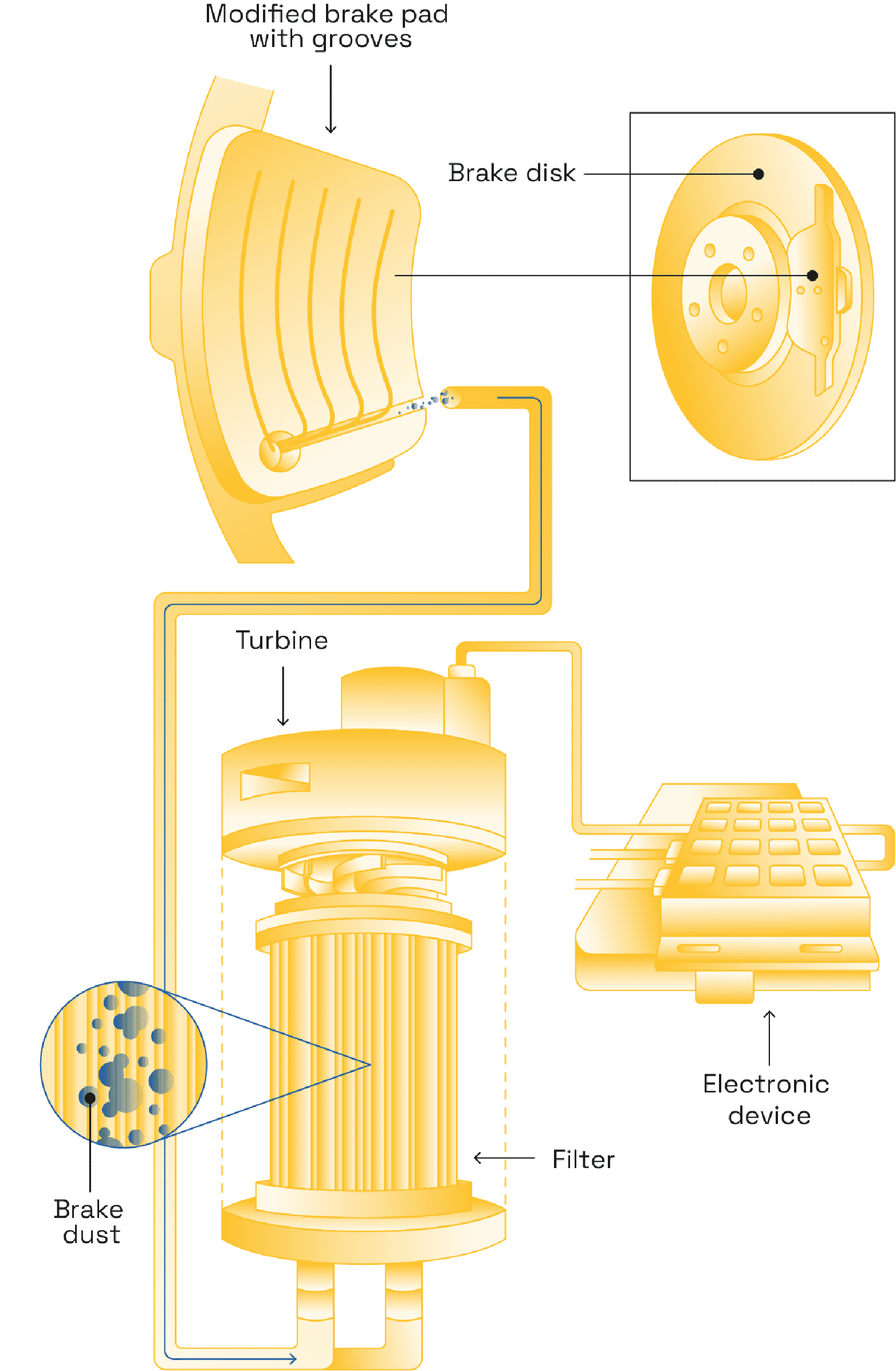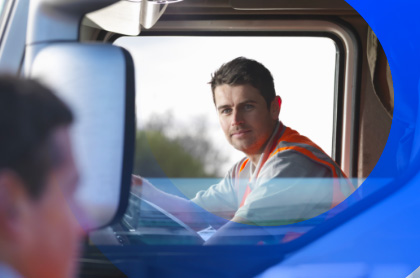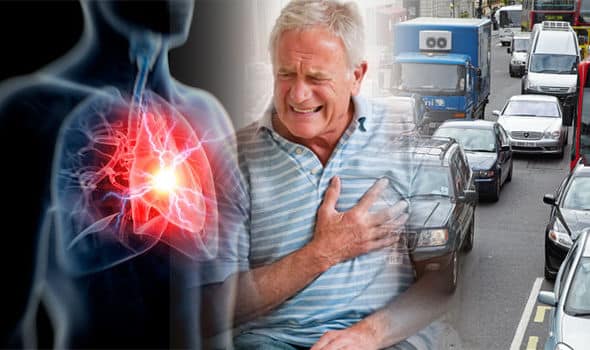Air pollution and electric vehicles: have we taken a wrong turn?
A transition to electric vehicles has begun in Europe, with 2035 as the cutting-off point for petrol and diesel vehicle production. Although it does bring some hope, electrifying the car industry won’t magically resolve the issue of air pollution. Let’s look at this tech revolution and weigh up the benefits and risks.
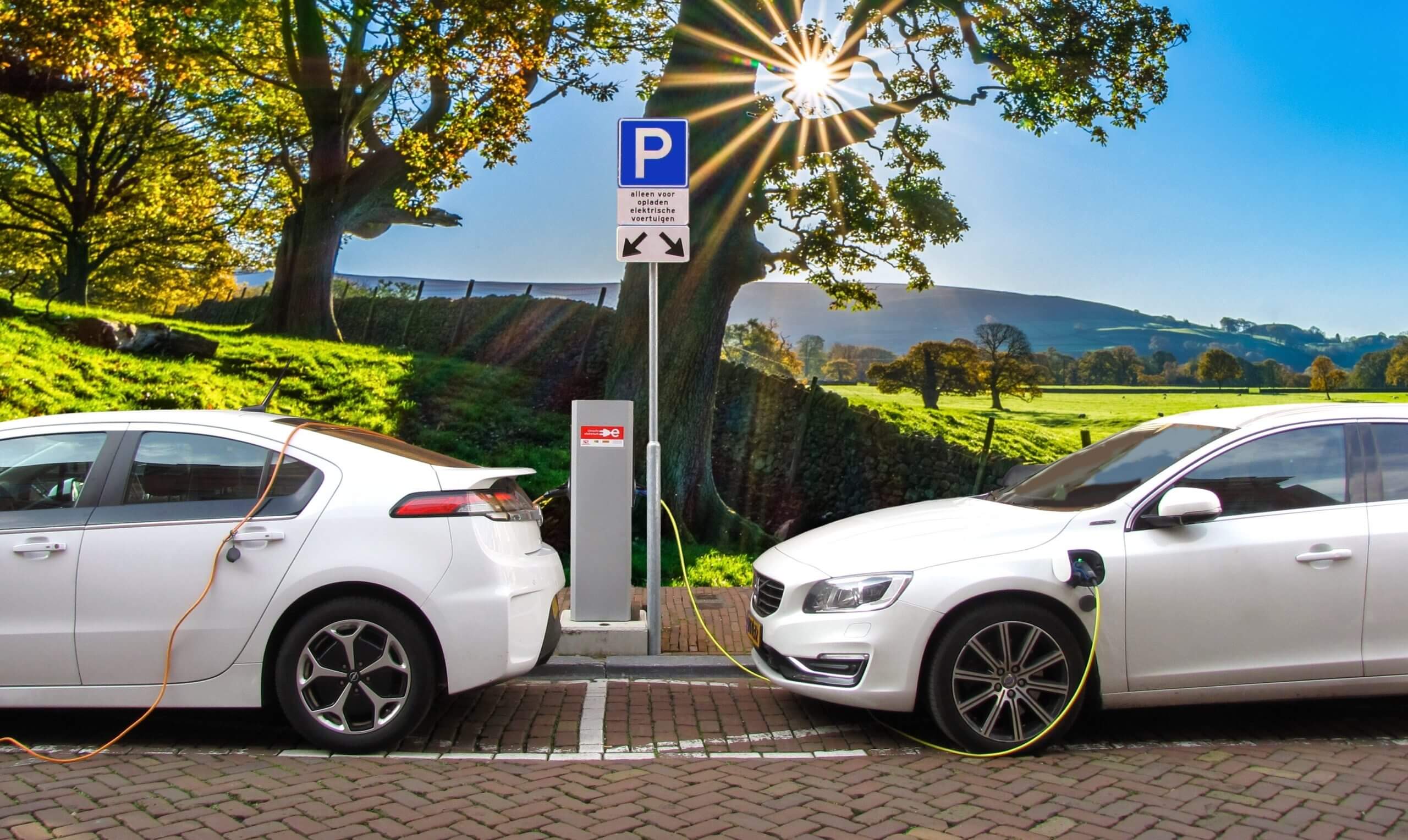

In 2021, electric vehicles accounted for 10% of global passenger car sales, that’s four times greater than in 2019. This huge spike won’t be levelling off any time soon, because petrol- and diesel-powered cars are going to be banned from sale in the European Union from 2035. “It’s important to note that electrification cannot be viewed as a universal and definitive answer, because electric vehicles are not carbon neutral”, points out Bertrand-Olivier Ducreux, an engineer in the transport and mobility department of the French Agency for Ecological Transition (ADEME). The carbon impact of manufacturing an electric car is actually greater than that of a petrol or diesel car, because the battery design requires a lot of fossil fuels and metals such as lithium. “Producing an electric car creates a carbon footprint that might be two to three times greater than that of a petrol or diesel car because its battery has a greater capacity”, explains Bertrand-Olivier Ducreux. However, when used, an electric vehicle in France emits 3 to 4 times less CO2 over its entire life cycle. Note that in France, electricity is mainly produced from low-carbon resources (nuclear, hydraulic, wind and solar power). The results don’t look quite so positive for the few countries with carbon-intensive electricity production systems, such as China, India, Germany and Poland. Overall, however, the carbon impact created during the production of electric vehicles is still largely offset when they are driven.
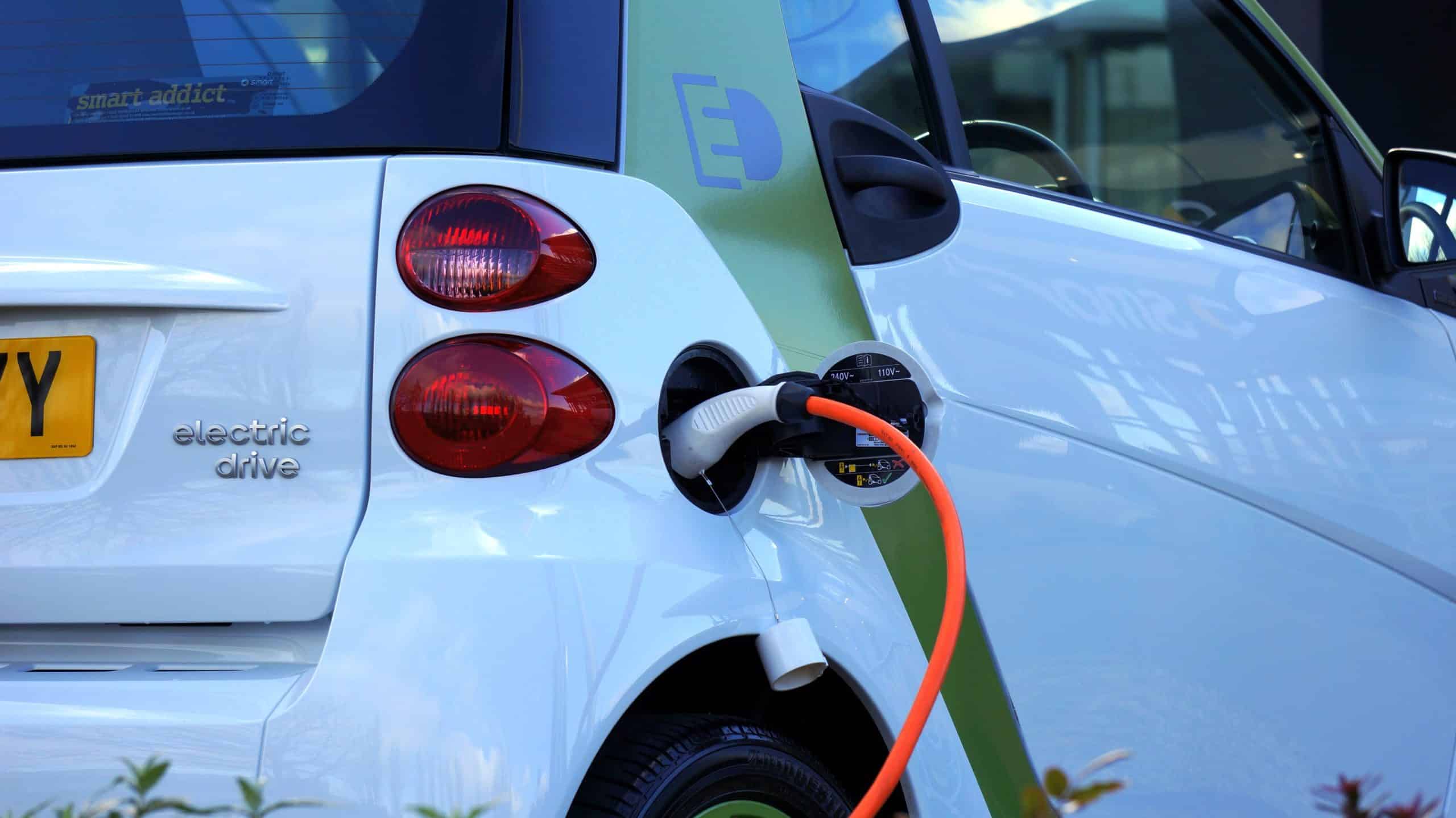

A hidden threat: fine friction particles
“The positive side of electric vehicles is that they emit no exhaust particles. That’s a big plus for air quality”, says Bertrand-Olivier Ducreux. But electric vehicles pose a hidden threat: fine friction particles are generated by brake and tyre wear, and they end up in the lungs of drivers and people living alongside roads. “Electric vehicles are still cars, so as their tyres and brakes are worn down, they release solid particles into the air of towns and cities”, explains Bertrand-Olivier Ducreux. The tyres alone generate 27 to 40% of the PM10 particles emitted by low-consumption electric vehicles, according to the OECD.
Why? Electric vehicles are heavy, which means that manufacturers need to use wider tyres than for petrol or diesel vehicles. “As they are heavier than petrol or diesel cars, electric vehicles tend to wear out their tyres more quickly”, observes Bertrand-Olivier Ducreux. Having said that, electric vehicles generate less brake dust because they have a slowing system which requires less mechanical braking. But this regenerative brake is backed up with disc and drum brakes. As a result, 8 to 11% of non-exhaust particles from electric vehicles are generated by their brakes. More than half of the particles now generated by road traffic in Europe do not come from exhaust fumes but tyre and brake wear. And the phenomenon is only going to intensify as electric vehicles become more widespread. “Thankfully, all these aspects, which up until now were underestimated, are being taking into account by the authorities, especially the European Union”, says Bertrand-Olivier Ducreux.
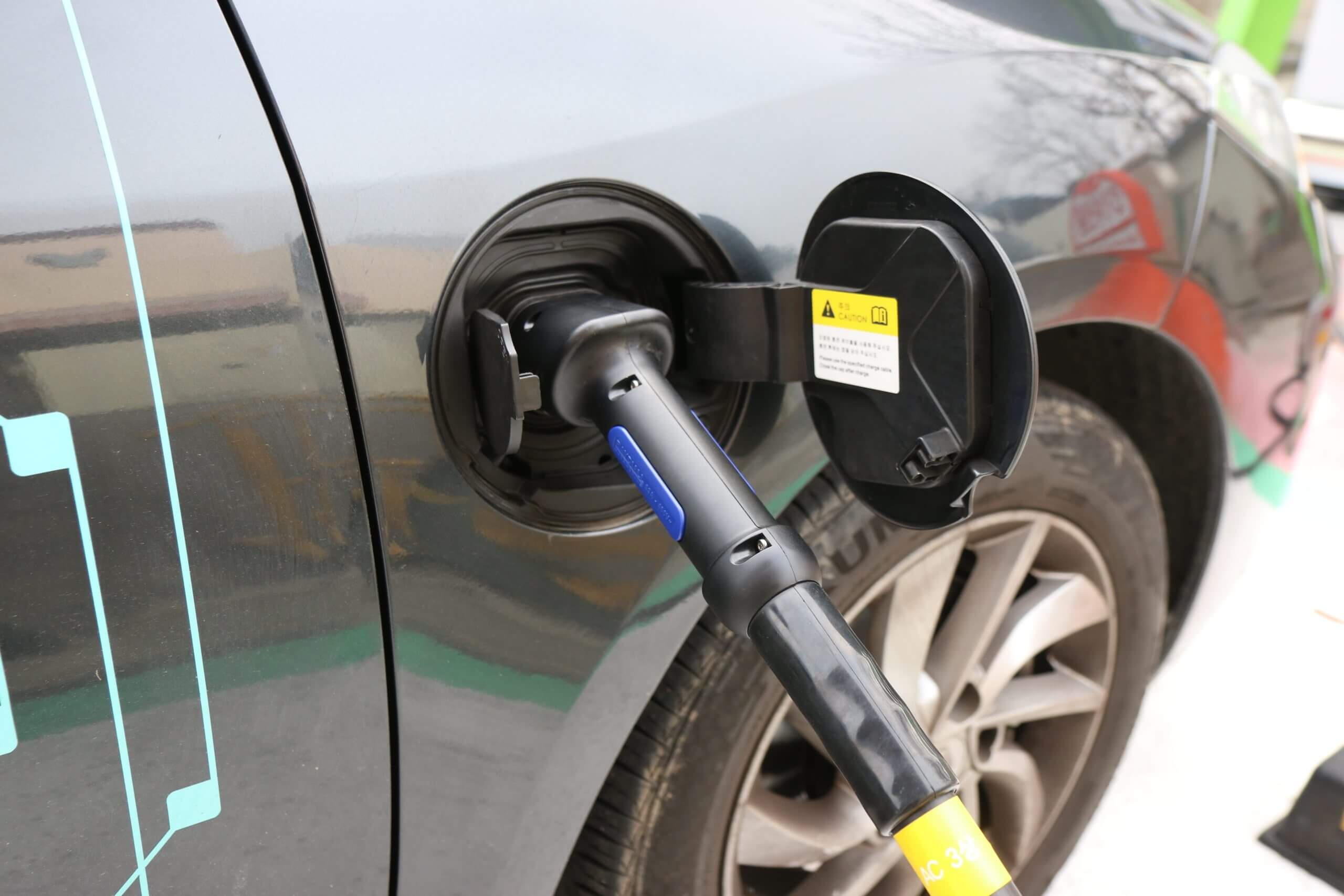

Air pollution: beyond electrification
Every year 307,000 people die prematurely in Europe due to fine particles. We have a real emergency on our hands. We need solutions other than more electric vehicles. But what are they? Why not start by lightening cars and reducing their volume? “Lighter vehicles are better from every standpoint. They consume less energy, require less braking power, and generate less tyre wear”, explains Bertrand-Olivier Ducreux. It would also be a good idea to set strict standards for brake, tyre and road surface composition. “From a regulatory perspective, tyres will be assessed on their resilience against wear”, points out Bertrand-Olivier Ducreux.
Debate
Electric vehicles: should we have to choose between safety and pollution?
According to a study by AXA, electric vehicle drivers are said to cause around 50% more accidents than petrol or diesel car drivers. This figure might be due to the very high dynamic performance of the most widely sold electric vehicles in Europe over the last few years. If so, should we be fitting electric vehicles with four disc brakes rather than two? It would increase passenger safety but unfortunately generate more particle emissions.
